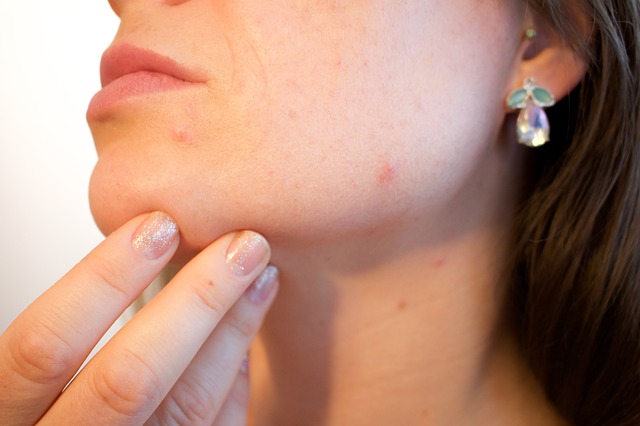Chronic Folliculitis Symptoms: A Beautician's Insight
As a professional in the beauty industry, understanding the nuances of skin conditions like chronic folliculitis symptoms is crucial for offering your clients the best care and advice. While many might assume that skin irritations are just minor inconveniences, chronic conditions can significantly affect a person's self-esteem and overall skin health.

Understanding Chronic Folliculitis
Before diving into the symptoms of chronic folliculitis, it's essential to understand what this condition entails. Folliculitis refers to the inflammation of hair follicles, often due to bacterial or fungal infections. While it can appear anywhere on the skin, it most frequently occurs on the face, scalp, and areas frequently shaved or rubbed.
For those prone to this condition, chronic folliculitis can manifest as recurring or persistent symptoms, posing challenges in management and treatment. Beauticians are often front-line advisers for clients struggling with these issues, making a deep understanding of its symptoms vital.
Identifying the Symptoms
Common indicators of chronic folliculitis include:
- Persistent Red Bumps: These may resemble acne but are often itchy and may feel tender.
- Pustules: Small white-headed pimples often filled with pus.
- Inflamed Skin: The area around the hair follicles may appear red or swollen.
- Itchiness or Burning Sensation: These sensations often accompany other symptoms.
- Scarring: With prolonged episodes, scarring can occur, leading to permanent skin texture changes.
Causes and Aggravating Factors
While the condition itself can arise from infections, several factors can exacerbate or trigger symptoms. Beauticians should be aware of these to better advise their clients:
- Poor Hygiene: Unclean conditions can contribute to the proliferation of bacteria or fungi.
- Shaving Techniques: Improper shaving methods can irritate hair follicles.
- Occlusive Fabrics or Cosmetics: Products that trap sweat and oil can lead to follicular blockage.
- Irritants such as certain skincare products or chemicals.
Management and Treatment
Dealing with chronic folliculitis symptoms involves a proactive approach to skincare. While medical advice from dermatologists is paramount, beauticians can offer supplementary guidance:
- Routine Cleanliness: Keeping the affected area clean and dry can help prevent infections.
- Exfoliation: Gentle exfoliation can reduce dead skin buildup, minimizing outbreaks.
- Recommending proper skincare products that are non-comedogenic and free from irritants.
- Moisturization: Keeping the skin hydrated with non-occlusive products.
Role of Beauticians
With insights into conditions like chronic folliculitis, beauticians can empower clients through education and suggestions. One resourceful option is understanding factors that trigger skin issues unexpectedly, such as after long car rides.
For more in-depth context, you can explore resources on skin cleansing techniques after exposure to environmental stressors, and how they can aid in managing folliculitis symptoms.

FAQs
What is the primary difference between acne and folliculitis?
While both conditions might appear similar as red bumps on the skin, folliculitis occurs due to infections of the hair follicles, whereas acne primarily relates to clogged pores. Understanding these differences can guide beauticians in tailoring treatments effectively.
What preventive measures can clients take?
Encouraging regular hygiene practices, using gentle skincare products, and avoiding tight clothing can help. Beauticians should also educate clients on potential triggers like sycosis barbae for shaving-related folliculitis.
Are there cosmetic treatments that can alleviate symptoms?
Yes, procedures like gentle chemical peels or laser therapy can reduce symptoms. It's vital to collaborate with dermatologists for any treatment plan to ensure alignment with medical advice.

